RBS 2009 Annual Report Download - page 131
Download and view the complete annual report
Please find page 131 of the 2009 RBS annual report below. You can navigate through the pages in the report by either clicking on the pages listed below, or by using the keyword search tool below to find specific information within the annual report.-
 1
1 -
 2
2 -
 3
3 -
 4
4 -
 5
5 -
 6
6 -
 7
7 -
 8
8 -
 9
9 -
 10
10 -
 11
11 -
 12
12 -
 13
13 -
 14
14 -
 15
15 -
 16
16 -
 17
17 -
 18
18 -
 19
19 -
 20
20 -
 21
21 -
 22
22 -
 23
23 -
 24
24 -
 25
25 -
 26
26 -
 27
27 -
 28
28 -
 29
29 -
 30
30 -
 31
31 -
 32
32 -
 33
33 -
 34
34 -
 35
35 -
 36
36 -
 37
37 -
 38
38 -
 39
39 -
 40
40 -
 41
41 -
 42
42 -
 43
43 -
 44
44 -
 45
45 -
 46
46 -
 47
47 -
 48
48 -
 49
49 -
 50
50 -
 51
51 -
 52
52 -
 53
53 -
 54
54 -
 55
55 -
 56
56 -
 57
57 -
 58
58 -
 59
59 -
 60
60 -
 61
61 -
 62
62 -
 63
63 -
 64
64 -
 65
65 -
 66
66 -
 67
67 -
 68
68 -
 69
69 -
 70
70 -
 71
71 -
 72
72 -
 73
73 -
 74
74 -
 75
75 -
 76
76 -
 77
77 -
 78
78 -
 79
79 -
 80
80 -
 81
81 -
 82
82 -
 83
83 -
 84
84 -
 85
85 -
 86
86 -
 87
87 -
 88
88 -
 89
89 -
 90
90 -
 91
91 -
 92
92 -
 93
93 -
 94
94 -
 95
95 -
 96
96 -
 97
97 -
 98
98 -
 99
99 -
 100
100 -
 101
101 -
 102
102 -
 103
103 -
 104
104 -
 105
105 -
 106
106 -
 107
107 -
 108
108 -
 109
109 -
 110
110 -
 111
111 -
 112
112 -
 113
113 -
 114
114 -
 115
115 -
 116
116 -
 117
117 -
 118
118 -
 119
119 -
 120
120 -
 121
121 -
 122
122 -
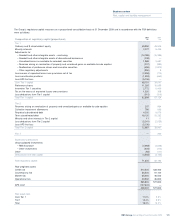 123
123 -
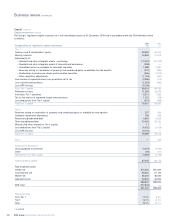 124
124 -
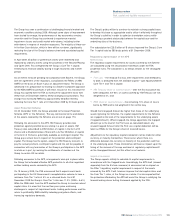 125
125 -
 126
126 -
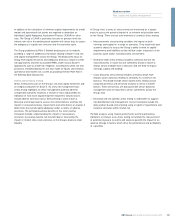 127
127 -
 128
128 -
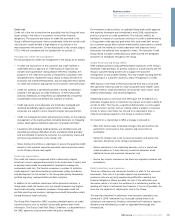 129
129 -
 130
130 -
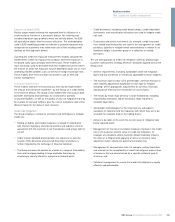 131
131 -
 132
132 -
 133
133 -
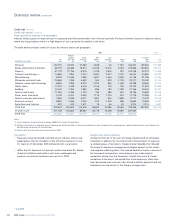 134
134 -
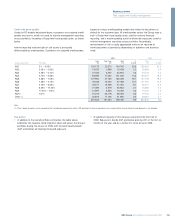 135
135 -
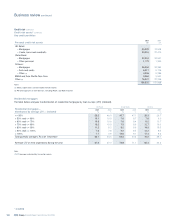 136
136 -
 137
137 -
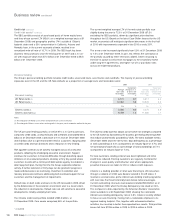 138
138 -
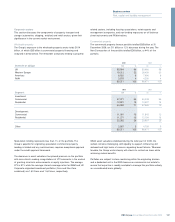 139
139 -
 140
140 -
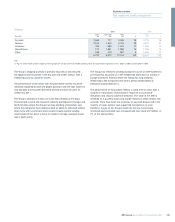 141
141 -
 142
142 -
 143
143 -
 144
144 -
 145
145 -
 146
146 -
 147
147 -
 148
148 -
 149
149 -
 150
150 -
 151
151 -
 152
152 -
 153
153 -
 154
154 -
 155
155 -
 156
156 -
 157
157 -
 158
158 -
 159
159 -
 160
160 -
 161
161 -
 162
162 -
 163
163 -
 164
164 -
 165
165 -
 166
166 -
 167
167 -
 168
168 -
 169
169 -
 170
170 -
 171
171 -
 172
172 -
 173
173 -
 174
174 -
 175
175 -
 176
176 -
 177
177 -
 178
178 -
 179
179 -
 180
180 -
 181
181 -
 182
182 -
 183
183 -
 184
184 -
 185
185 -
 186
186 -
 187
187 -
 188
188 -
 189
189 -
 190
190 -
 191
191 -
 192
192 -
 193
193 -
 194
194 -
 195
195 -
 196
196 -
 197
197 -
 198
198 -
 199
199 -
 200
200 -
 201
201 -
 202
202 -
 203
203 -
 204
204 -
 205
205 -
 206
206 -
 207
207 -
 208
208 -
 209
209 -
 210
210 -
 211
211 -
 212
212 -
 213
213 -
 214
214 -
 215
215 -
 216
216 -
 217
217 -
 218
218 -
 219
219 -
 220
220 -
 221
221 -
 222
222 -
 223
223 -
 224
224 -
 225
225 -
 226
226 -
 227
227 -
 228
228 -
 229
229 -
 230
230 -
 231
231 -
 232
232 -
 233
233 -
 234
234 -
 235
235 -
 236
236 -
 237
237 -
 238
238 -
 239
239 -
 240
240 -
 241
241 -
 242
242 -
 243
243 -
 244
244 -
 245
245 -
 246
246 -
 247
247 -
 248
248 -
 249
249 -
 250
250 -
 251
251 -
 252
252 -
 253
253 -
 254
254 -
 255
255 -
 256
256 -
 257
257 -
 258
258 -
 259
259 -
 260
260 -
 261
261 -
 262
262 -
 263
263 -
 264
264 -
 265
265 -
 266
266 -
 267
267 -
 268
268 -
 269
269 -
 270
270 -
 271
271 -
 272
272 -
 273
273 -
 274
274 -
 275
275 -
 276
276 -
 277
277 -
 278
278 -
 279
279 -
 280
280 -
 281
281 -
 282
282 -
 283
283 -
 284
284 -
 285
285 -
 286
286 -
 287
287 -
 288
288 -
 289
289 -
 290
290 -
 291
291 -
 292
292 -
 293
293 -
 294
294 -
 295
295 -
 296
296 -
 297
297 -
 298
298 -
 299
299 -
 300
300 -
 301
301 -
 302
302 -
 303
303 -
 304
304 -
 305
305 -
 306
306 -
 307
307 -
 308
308 -
 309
309 -
 310
310 -
 311
311 -
 312
312 -
 313
313 -
 314
314 -
 315
315 -
 316
316 -
 317
317 -
 318
318 -
 319
319 -
 320
320 -
 321
321 -
 322
322 -
 323
323 -
 324
324 -
 325
325 -
 326
326 -
 327
327 -
 328
328 -
 329
329 -
 330
330 -
 331
331 -
 332
332 -
 333
333 -
 334
334 -
 335
335 -
 336
336 -
 337
337 -
 338
338 -
 339
339 -
 340
340 -
 341
341 -
 342
342 -
 343
343 -
 344
344 -
 345
345 -
 346
346 -
 347
347 -
 348
348 -
 349
349 -
 350
350 -
 351
351 -
 352
352 -
 353
353 -
 354
354 -
 355
355 -
 356
356 -
 357
357 -
 358
358 -
 359
359 -
 360
360 -
 361
361 -
 362
362 -
 363
363 -
 364
364 -
 365
365 -
 366
366 -
 367
367 -
 368
368 -
 369
369 -
 370
370 -
 371
371 -
 372
372 -
 373
373 -
 374
374 -
 375
375 -
 376
376 -
 377
377 -
 378
378 -
 379
379 -
 380
380 -
 381
381 -
 382
382 -
 383
383 -
 384
384 -
 385
385 -
 386
386 -
 387
387 -
 388
388 -
 389
389 -
 390
390
 |
 |
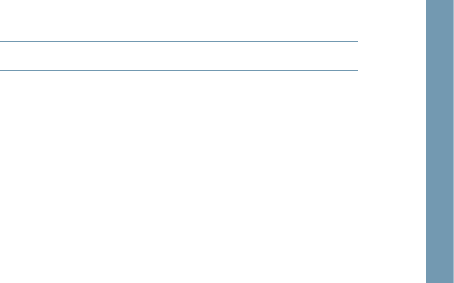
Business review
Risk, capital and liquidity management
Exposure at default (EAD)
Facility usage models estimate the expected level of utilisation of a
credit facility at the time of a borrower’s default. For revolving and
variable draw down type products which are not fully drawn, the EAD
will typically be higher than the current utilisation. The methodologies
used in EAD modelling provide an estimate of potential exposure and
recognise that customers may make more use of their existing credit
facilities as they approach default.
Counterparty credit risk exposure measurement models calculate the
market driven credit risk exposure for products where the exposure is
not based solely upon principal and interest due. These models are
most commonly used for derivative and other traded instruments where
the amount of credit risk exposure may be dependent upon one or more
underlying market variables such as interest or foreign exchange rates.
These models drive internal credit risk activities such as limit and
excess management.
Loss given default (LGD)
These models estimate the economic loss that may be experienced –
the amount that cannot be recovered – by the Group on a credit facility
in the event of default. The Group’s LGD models take into account both
borrower and facility characteristics for unsecured or partially
unsecured facilities, as well as the quality of any risk mitigation that may
be in place for secured facilities, plus the cost of collections and a time
discount factor for the delay in cash recovery.
Credit risk mitigation
The Group employs a number of structures and techniques to mitigate
credit risk:
•Netting of debtor and creditor balances is utilised in accordance
with relevant regulatory and internal policies and requires a formal
agreement with the customer to net the balances and a legal right of
set-off;
•Under market standard documentation net exposure on over-the-
counter (OTC) derivative and secured financing transactions is
further mitigated by the exchange of financial collateral;
•The Group enhances its position as a lender in a range of transactions,
from retail mortgage lending to large wholesale financing, by
structuring a security interest in a physical or financial asset;
•Credit derivatives, including credit default swaps, credit linked debt
instruments, and securitisation structures are used to mitigate credit
risk; and
•Guarantees and similar instruments (for example, credit insurance)
from related and third parties are used in the management of credit
portfolios, typically to mitigate credit concentrations in relation to an
individual obligor, a borrower group or a collection of related
borrowers.
The use and approach to credit risk mitigation varies by product type,
customer and business strategy. Minimum standards applied across the
Group cover:
•General requirements, including acceptable credit risk mitigation
types and any conditions or restrictions applicable to those mitigants;
•The maximum loan-to-value (LTV) percentages, minimum haircuts or
other volatility adjustments applicable to each type of mitigant
including, where appropriate, adjustments for currency mismatch,
obsolescence and any time sensitivities on asset values;
•The means by which legal certainty is to be established, including
required documentation and all necessary steps required to
establish legal rights;
•Acceptable methodologies for the initial and any subsequent
valuations of collateral and the frequency with which they are to be
revalued (for example, daily in the trading book);
•Actions to be taken in the event the current value of mitigation falls
below required levels;
•Management of the risk of correlation between changes in the credit
risk of the customer and the value of credit risk mitigation, for
example, any situations where customer default materially impacts
the value of a mitigant and applying a haircut or recovery value
adjustment which reflects the potential correlation risk;
•Management of concentration risks, for example, setting thresholds
and controls on the acceptability of credit risk mitigants and on lines
of business that are characterised by a specific collateral type or
structure; and
•Collateral management to ensure that credit risk mitigation is legally
effective and enforceable.
129RBS Group Annual Report and Accounts 2009
